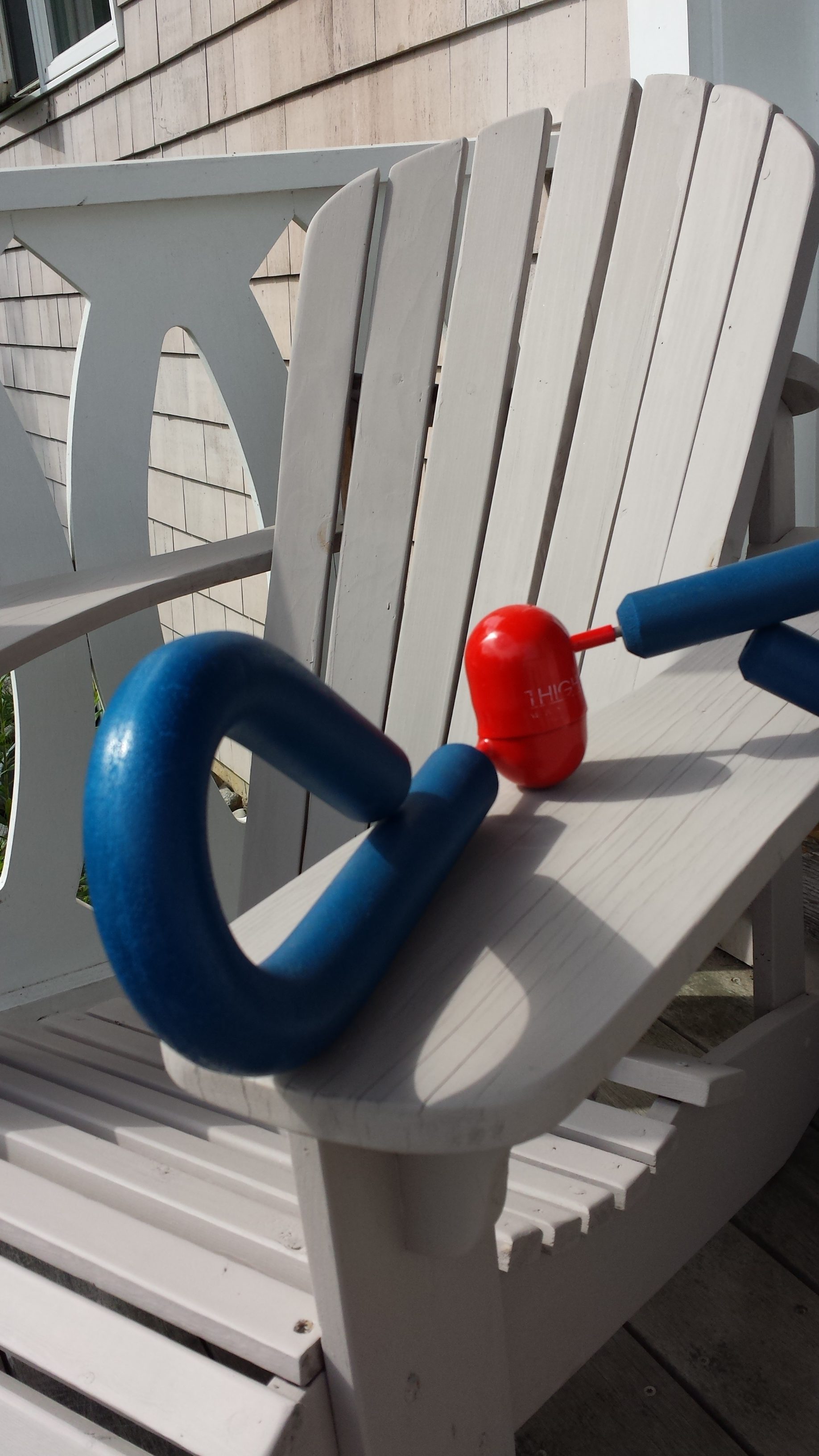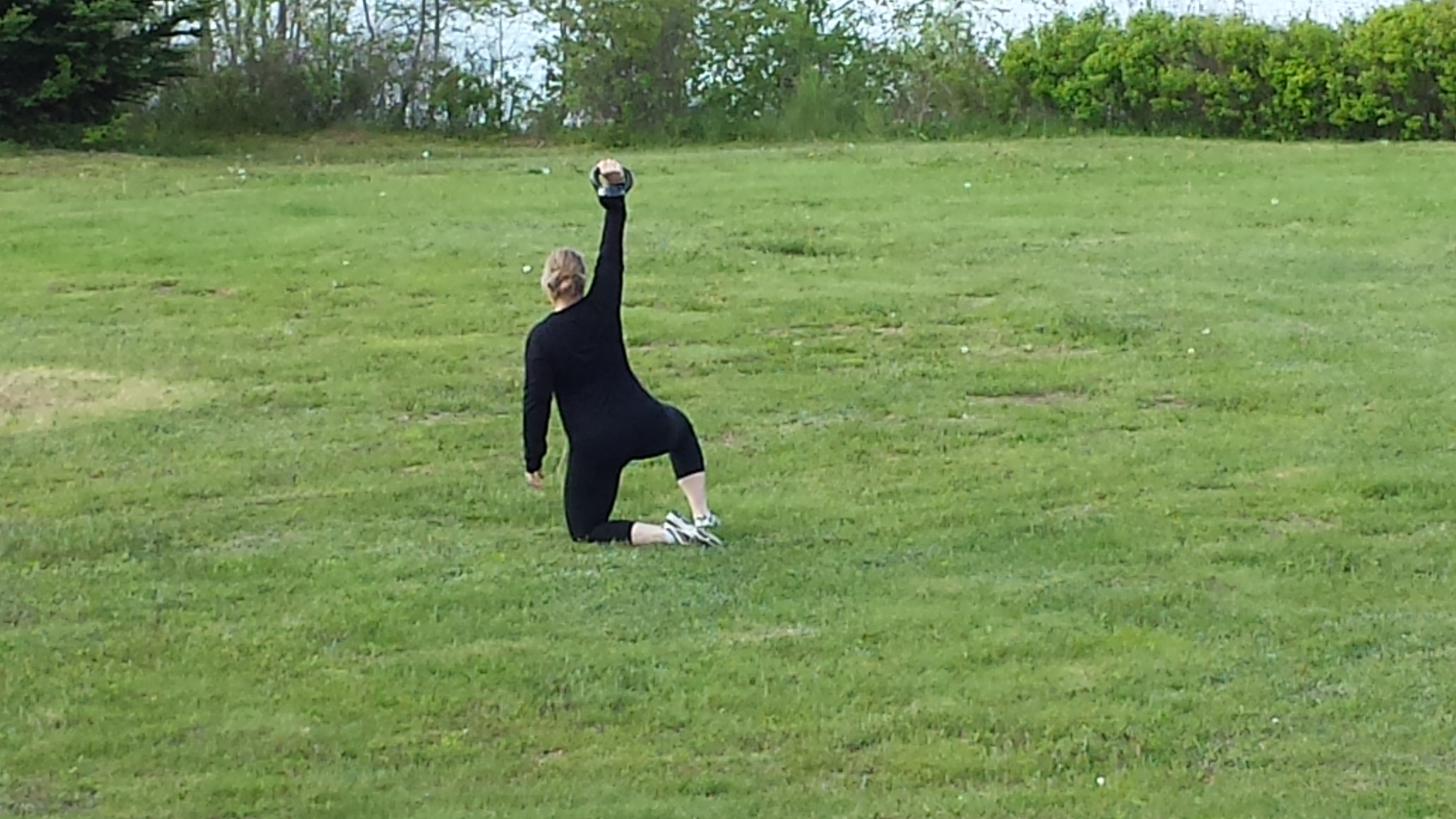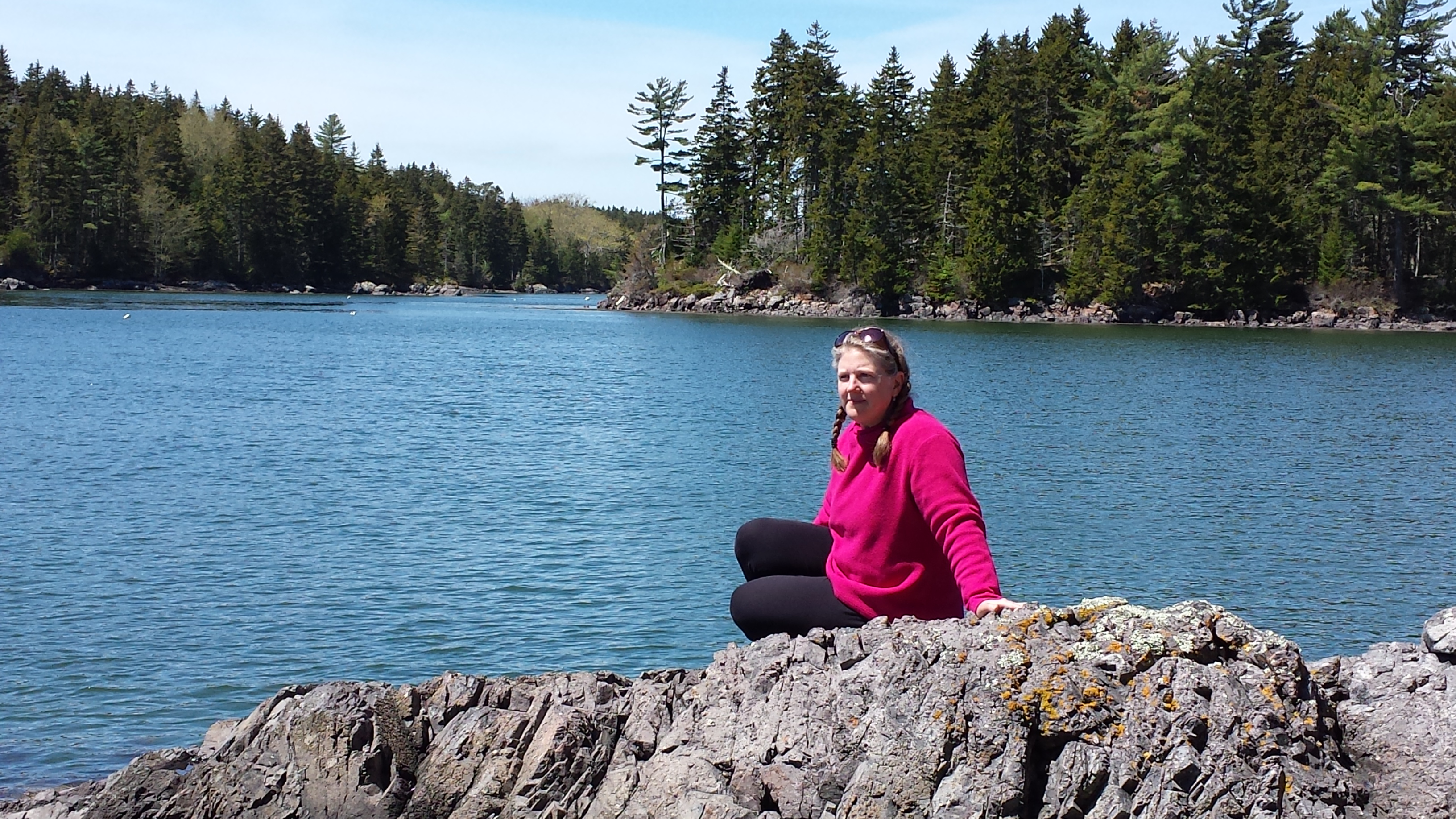We just returned from a two-day adventure around Penobscot Bay. The winds and skies were varied and we adjusted our course accordingly. Day one was a smooth ride around the south side of Vinalhaven, where our hardest decisions were regarding snack management and music choices. In the evening we explored our anchorage, read books, and watched the shooting stars. After a calm night and placid morning the wind picked up and our sail home was sporty and challenging. It was quite a romp across the bay for the quick return to Rockland Harbor. Day one was filled with subtle sail trim and a few bow maneuvers. Day two had a lot more action, quick decision making, but still enough time to think about a few things. I started thinking about cause and effect that is obvious in sailing. When you trim the sail, move the tiller, or gybe the main you get instant feedback from the boat, you know what is going to happen and there is an immediate outcome. In contrast this is not the case this week at the gym for a lot of people.
I heard and saw countless stories of the dreaded Delayed Onset Muscle Soreness (DOMS) after this and last week’s workout. DOMS has a way of sneaking up on you long after your workout. It can begin anywhere from 6-8 hours after exercise to 24-36 hours later. This is nothing like the immediate response of a well trimmed sail. DOMS is pretty mysterious. Several studies try to pinpoint cause and variables of severity with inconsistent findings. Let’s just say it is a scientific perfect storm in our muscles perhaps a result of metabolic stress, trauma, and other factors. Despite the inconclusive findings, there are a few things we know about DOMS.
For many people DOMS occurs after a hard workout, with new exercises or a particular challenge. Anything beyond one’s normal range of intensity can cause soreness. (Always seek medical attention if you suspect an acute injury or something serious.) In particular we experience this type of soreness after a series of eccentric exercises. The eccentric phase of a lift occurs when a muscle contracts when lengthening, for example the downward motion of a biceps curl. Eccentric training is where we achieve our greatest muscle growth, so we certainly don’t want to skip it, and it makes sense it would hurt the most.
Things to know about DOMS:
- Everyone experiences DOMS differently: onset, duration, intensity.
- The severity of DOMS is not necessarily a reflection of how hard you worked.
- The severity of DOMS is not a testimony of your strength or lack of it or your fitness level.
- DOMS will decrease as your muscles adapt to the same motion. (subsequent weeks will hurt less)
- It is impossible to avoid DOMS, even for competitive athletes.
- The best thing to do for DOMS is to keep moving, gently.
While inconclusive as to whether or not it helps, it is best to stay hydrated and well rested, do a full dynamic warm-up, and stretch and foam roll after a workout.
I always get excited when I see “tempo” written on the board. I know I’m going to get some good work in with anything that has this kind of directive. These tempos remind us to slow down on the negative, the lengthening motion, and not just let our muscles fall with gravity. By doing this we are maximizing our gains from the movement. Unlike adjusting a sail, I’m not exactly sure what I’m going to experience after I’ve done 10 reps of a dumbbell incline bench press with a 1 up, 3 down tempo.. And personally this never hits until 36 hours later. Sometimes I’ll go to get out of bed, and I will wonder how I managed to get myself under a turf roller and home again without waking up in the middle of the night. Then I’ll remember I didn’t sleep walk and get rolled over, I just have sore muscles from the gym two evenings ago.
So while you are wobbling a little this week, and putting things on close surfaces with your t-rex arms, take solace in knowing your muscles are strengthening; you’re not the only one; and it will get better even though you didn’t see this coming.











